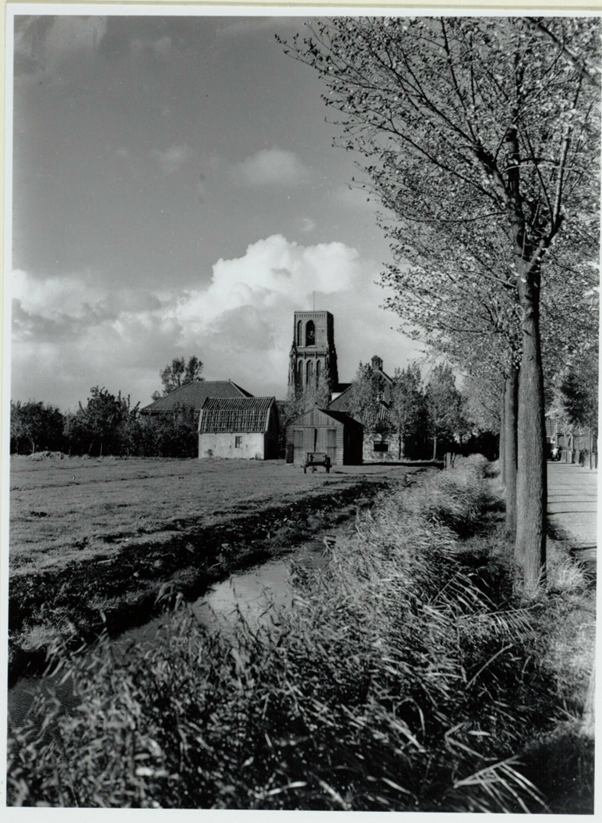A bio-cultural analysis of shifting baselines using historical photography
The picturesque (semi)natural agricultural landscapes around Amsterdam, which include lowland peat meadows and marshy nature reserves, create the impression of an unchanged landscape, frozen in time. However, the ecological heritage of the landscape has been seriously undervalued resulting in dramatic biodiversity decline along with soil subsidence and degradation, water pollution and release of greenhouse gases due to intensive ‘industrial’ land use. Although many actors are aware of this situation, contrary ideas and understandings of how to improve the natural state of the fields, vegetations, water and soil exist. Moreover, the relevance and necessity of land use change has been questioned by some. Within this dispute we assume that there is a collective forgetfulness, or shifting baseline, of what nature (i.e. nature quality) is.
In order to counteract this shifting baseline, this project will combine historical, social and ecological research to objectively identify biodiversity and land use changes that underlay land use quality. More specific, we will explore whether historical photography can revitalise a collective memory of human-nature interactions to realign biodiversity indicators and sustainable landscape functions. By including local history into dialogues with users of the Dutch landscape we hope to facilitate inclusive consideration of ecological and cultural heritage in developing future ideas and definitions of biodiversity and landscape quality.


